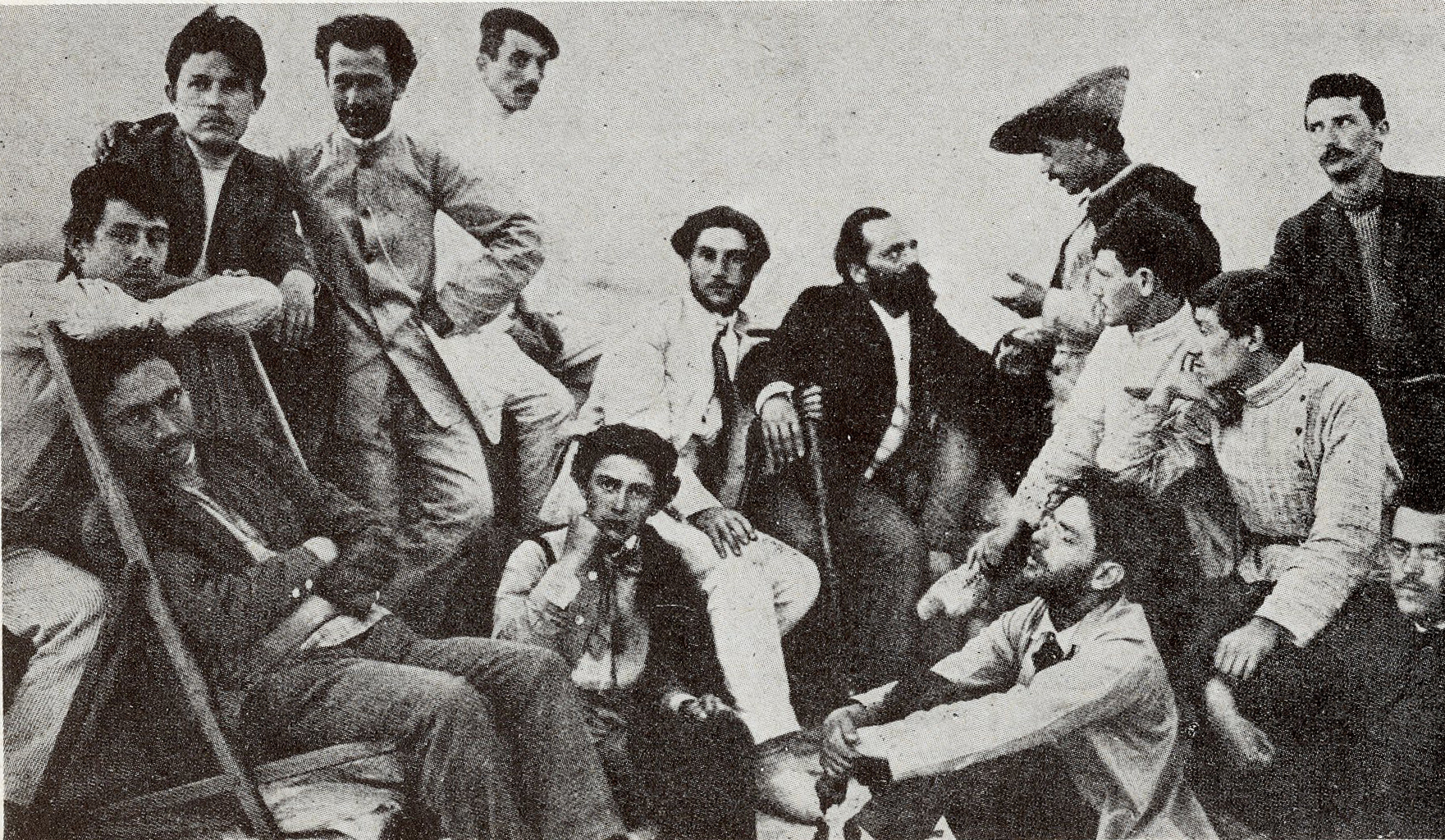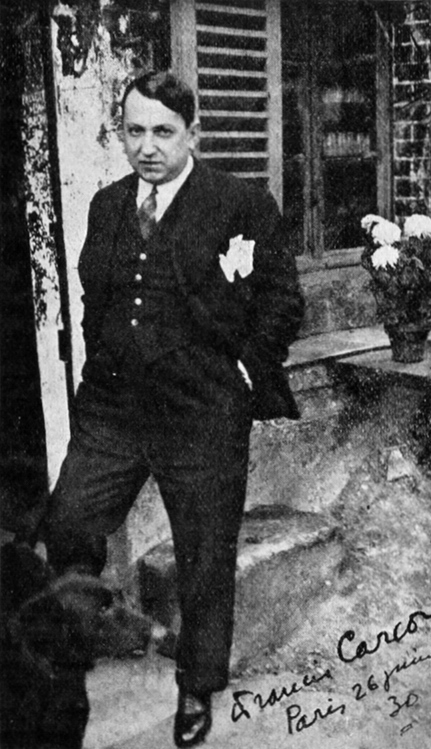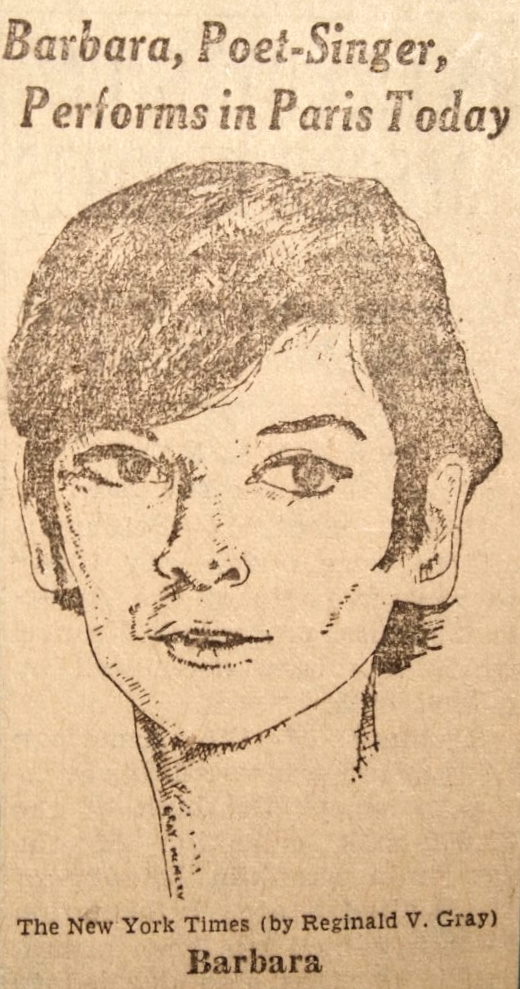|
Cimetière Parisien De Bagneux
Cimetière parisien de Bagneux is one of the three Parisien cemeteries ''extra muros'', located in Bagneux. The cemetery has a large Jewish section (many of the divisions have exclusively Jewish graves) and is sometimes known as the '' Jewish cemetery''. History Before the site became a cemetery, it was the scene of heavy fighting in May 1871, in the war between the Versailles and the Fédérés. The cemetery was opened on 15 November 1886 and is one of the three Parisien Cemeteries ''extra muros'', the others being Cimetière Parisien de Thiais (opened in 1929) and Cimetière Parisien de Pantin. It was opened at the same time as Pantin, (which is northeast of Paris). Both have similar entrances. Bagneux is the smallest of the three cemeteries serving Paris, but the most active. Notes The cemetery is still open and there are about 10 burials a day. The cemetery is divided into 115 divisions. It is estimated that there are around 83,000 graves. The cemetery was the burial pla ... [...More Info...] [...Related Items...] OR: [Wikipedia] [Google] [Baidu] |
Bagneux, Hauts-de-Seine
Bagneux () is a commune in the Hauts-de-Seine department, in the southern suburbs of Paris, France. It is located from the center of Paris. Geography The commune of Bagneux is surrounded by the following communes, from the north and clockwise: Montrouge, Arcueil, Cachan, Bourg-la-Reine, Sceaux, Fontenay-aux-Roses and Châtillon. Transport Bagneux is served by Bagneux–Lucie Aubrac station on Paris Métro Line 4. Bagneux is also served by two stations on the edge of its boundary - Bagneux station on RER line B (on the territory of the neighbouring commune Cachan), and Barbara on Paris Métro Line 4 (on the territory of the neighbouring commune Montrouge). Population Education Primary schools include: *10 preschools *7 elementary schools The commune has four junior high schools (''collèges''): Henri-Barbusse, Joliot-Curie, Romain-Rolland, and École les Jacquets. [...More Info...] [...Related Items...] OR: [Wikipedia] [Google] [Baidu] |
Albert Rubin
Albert Rubin (10 July 1887 – 31 May 1956) was a Bulgarian-born Jewish painter, sculptor, graphic artist and illustrator. He was selected for the first class of Bezalel Art School, and later established his artistic career in Paris, where he lived and presented his work. Biography Albert (Avraham) Rubin was born in Sofia, the capital of Bulgaria. His father, Nissim Rubin, who mastered several languages, worked as an interpreter for tourists and diplomats. He had two brothers and three sisters. To help support the family, Rubin left school to become a carpenter’s apprentice. In his free time, he sculpted in wood. In 1903, urged by Boris Schatz, a family friend and the "father of Israeli art", he began studying painting and sculpture at the National Academy of Arts in Sofia. When Theodor Herzl visited Sofia, Rubin was commissioned to paint his portrait. In 1905, the Seventh Zionist Congress in Basel reached a decision to establish an art school in Palestine. A group of thir ... [...More Info...] [...Related Items...] OR: [Wikipedia] [Google] [Baidu] |
Marcel Dalio
Marcel Dalio (born Marcel Benoit Blauschild; 23 November 1899 in Paris – 18 November 1983) was a French movie actor. He had major roles in two films directed by Jean Renoir, ''La Grande Illusion'' (1937) and ''The Rules of the Game'' (1939). Life and career Early life in France Dalio was born Marcel Benoit Blauschild in Paris to Romanian-Jewish immigrant parents. He trained at the Paris Conservatoire and performed in revues from 1920. Dalio appeared in stage plays from the 1920s and acted in French films in the 1930s. His first big film success was in Julien Duvivier's ''Pépé le Moko'' (1937). He followed them with two films for Jean Renoir, ''La Grande Illusion'' (1937) and ''The Rules of the Game'' (''La Règle du jeu'', 1939). After divorcing his first wife, Jany Holt, he married the young actress Madeleine Lebeau in 1939. Wartime exile In June 1940, Dalio and Lebeau left Paris ahead of the invading German army and reached Lisbon. They are presumed to have received t ... [...More Info...] [...Related Items...] OR: [Wikipedia] [Google] [Baidu] |
Demetre Chiparus
Demetre is an Old Greek Old Greek is the Greek language as spoken from Late Antiquity (c. AD 400) to around AD 1500. Greek spoken during this period is usually split into: *Late Greek (c. 400 – c. 800 AD) *Medieval Greek (c. 800 – c. 1500 AD) "Old Greek" (OG) is also ... male name. Examples * Demetre Chiparus * Demetre II of Georgia * Demetre I of Georgia * Demetre Kantemir * Demetre of Guria * Demetres Koutsavlakis * Demetrescu-Tradem External links Etymology of DemetreEtymology of DemetreEtymology of St. Demetre Greek masculine given names {{Given-name-stub ... [...More Info...] [...Related Items...] OR: [Wikipedia] [Google] [Baidu] |
Francis Carco
Francis Carco (born François Carcopino-Tusoli) (1886–1958) was a French people, French author, born at Nouméa, New Caledonia. He was a poet, belonging to the ''Fantaisiste'' school, a novelist, a dramatist, and art critic for ''L'Homme libre'' and ''Gil Blas''. During World War I he became an aviation pilot at Étampes, after studying at the aviation school there. His works are picturesque, painting as they do the street life of Montmartre, and often being written in the ''argot'' of Paris. He has been called the "romancier des apaches." His memoir, ''The Last Bohemia: From Montmartre to the Latin Quarter'', contains reminiscences of bohemian life in Paris during the early years of the 20th century. He had an affair with the short story writer Katherine Mansfield in February 1915. The narrator Raoul Duquette of her story ''Je ne parle pas français'' (who has a cynical attitude to love and sex) is partly based on him, and her story ''An Indiscreet Journey'' is based on her j ... [...More Info...] [...Related Items...] OR: [Wikipedia] [Google] [Baidu] |
Charles Bruneau
Charles Bruneau (1883–1969) was a French grammarian, linguist and philologist. Biography Bruneau grew up in a village where the language of communication was Walloon, but surrounded by areas where the regional language was Champenois. This prompted him, at the instigation of Jules Gilliéron, to conduct dialectological surveys throughout the region around Givet, both in France and Belgium. He was a grammar scholar (1906) and doctor of letters (1913). His research was published in four books: * ''Étude phonétique des patois d’Ardenne'' (1913), where he explained the phonetic notation system he would use. * ''La limite des dialectes wallon, champenois et lorrain en Ardenne'' (1913) where he traced the boundaries of the three regional languages in question ( Walloon , Champenois and Lorrain). * ''Enquête linguistique sur les patois d’Ardenne'', volume I (1914), where he gave the dialect forms, collected in his 93 locations, for the French words ranging from A to L (94 ... [...More Info...] [...Related Items...] OR: [Wikipedia] [Google] [Baidu] |
Martial Brigouleix
Marcus Valerius Martialis (known in English as Martial ; March, between 38 and 41 AD – between 102 and 104 AD) was a Roman poet from Hispania (modern Spain) best known for his twelve books of '' Epigrams'', published in Rome between AD 86 and 103, during the reigns of the emperors Domitian, Nerva and Trajan. In these short, witty poems he cheerfully satirises city life and the scandalous activities of his acquaintances, and romanticises his provincial upbringing. He wrote a total of 1,561 epigrams, of which 1,235 are in elegiac couplets. Martial has been called the greatest Latin epigrammatist, and is considered the creator of the modern epigram. Early life Knowledge of his origins and early life are derived almost entirely from his works, which can be more or less dated according to the well-known events to which they refer. In Book X of his ''Epigrams'', composed between 95 and 98, he mentions celebrating his fifty-seventh birthday; hence he was born during March 38, 39 ... [...More Info...] [...Related Items...] OR: [Wikipedia] [Google] [Baidu] |
Lucienne Boyer
Lucienne Boyer (18 August 1901 – 6 December 1983) was a French diseuseMansfield News Journal 9 November 1934 pg. 20 and singer, best known for her song " Parlez-moi d'amour". Her impresario was Bruno Coquatrix. Early career Born as Émilienne-Henriette Boyer in Montparnasse, Paris, France. Her melodious voice gave her the chance, while working as a part-time model, to sing in cabarets. An office position at a prominent Parisian theater opened the door for her and within a few years she was cast as Lucienne Boyer, singing in major Parisian music halls. Popular success In 1927, Boyer sang at a concert by the great star Félix Mayol where she was seen by the American impresario Lee Shubert who immediately offered her a contract to come to Broadway. Boyer spent nine months in New York City, returning to perform there and to South America numerous times throughout the 1930s. By 1933, she had made a large number of recordings for Columbia Records of France including her signature ... [...More Info...] [...Related Items...] OR: [Wikipedia] [Google] [Baidu] |
Frida Boccara
Danielle Frida Hélène Boccara (29 October 1940 – 1 August 1996) was a Moroccan-born French singer of Italian descent, who performed and recorded in a number of languages, including French, Spanish, English, Italian, German, Dutch and Russian. Early life Boccara was born in Casablanca, Morocco, into a Jewish family of Italian origin that lived in Tunisia before they settled in Morocco. When she was 17, she moved from Casablanca to Paris, France, where she eventually started her artistic career as a singer. Boccara also had a brother and a sister in show business, composers Jean-Michel Braque (born Roger Boccara) and Lina Boccara. Her son, Tristan Boccara, was born in the mid-1970s and also became a singer known as ''Goldinski'' (he is also a composer, pianist and arranger) Career In 1964, Boccara had submitted the song "Autrefois" ("In the past") to the Eurovision Song Contest selection panel, but she was unsuccessful. Five years later, at the Eurovision Song Contest 1 ... [...More Info...] [...Related Items...] OR: [Wikipedia] [Google] [Baidu] |
María Blanchard
María Blanchard (born María Gutiérrez-Cueto y Blanchard; spanish-art.org; accessed 4 August 2015. 6 March 1881 – 5 April 1932) was a Spanish painter. She was known for developing a unique style of . Biography Blanchard was born on 6 March 1881 in . She was the daughter of journalist Enrique Gutiérrez Cueto and Concepción Blanchard Santisteban. She was the cousin of Mexican artist |
Claude Berri
Claude Berri (; 1 July 1934 – 12 January 2009) was a French film director, writer, producer, actor and distributor. Early life Born Claude Beri Langmann in Paris, Berri was the son of Jewish immigrant parents. His mother, Beila (née Bercu), was from Romania, and his father, Hirsch Langmann, was a furrier from Poland. His sister was the screenwriter and editor Arlette Langmann. Career Berri won the "Best Film" BAFTA for '' Jean de Florette'', and was also nominated for twelve César Awards, though he never won. Berri also won the Oscar for Best Short Film for '' Le Poulet'' at the 38th Academy Awards in 1966, and produced Roman Polanski's ''Tess'' which was nominated for Best Picture in 1981. Internationally, however, two films in 1986 overshadow all his other achievements. '' Jean de Florette'' and its sequel '' Manon des Sources'' were huge hits. In 1991, his film ''Uranus'' was entered into the 41st Berlin International Film Festival. Six years later, his film ''Lucie Aub ... [...More Info...] [...Related Items...] OR: [Wikipedia] [Google] [Baidu] |
Monique Serf
Monique Andrée Serf (9 June 1930 – 24 November 1997), known as Barbara, was a French singer. She took her stage name from her grandmother, Varvara Brodsky, a native of Odessa, Russian Empire (now Ukraine). Barbara became a famous cabaretière in the late 1950s in Paris, known as ('the midnight singer'), before she started composing her own tracks, which brought her to fame. Her most famous songs include "Dis, quand reviendras-tu ?" (1962), "Ma plus belle histoire d'amour" (1966) and "L'Aigle noir" (1970), the latter of which sold over 1 million copies in just twelve hours. She was buried at the Cimetière parisien de Bagneux, adjacent to the Paris Métro station named in her honour. The station ''Barbara'' opened 13 January 2022, on a southern extension of Line 4. Childhood Born on Rue Brochant in Paris to a Jewish family, Barbara lived in northwestern Paris as a child. She then lived in Roanne from 1938 and Tarbes from 1941. Barbara was 13 years old when she had to go i ... [...More Info...] [...Related Items...] OR: [Wikipedia] [Google] [Baidu] |





